Finding a wild fox in a country like England, especially in cities like London, you’ll be surprised of how easy it is to come across the red fox. Although this British icon may be a shy mammal; they live compelling lives.
Scientific name: Vulpes vulpes
Conservation status: Least concern
The Red Fox life and its family
The red fox is the most adaptable carnivorous animal you’ll come across. The routine of this creature consists of sleeping for most of the day until dusk. Once the streets are uninhabited; these nocturnal critters emerge from their den and explore for food.

The adult red fox can travel more than five miles per night. Although, many choose to stay near their existing den, especially pregnant vixen. A fox’s night exploration lasts until dawn when it’s time for them to go to sleep or relax. Red foxes may seem like loners, but they can be the sociable type. Red foxes prefer to stay in a pack when there are cubs involved.
The lifespan of a red fox
Gestation period
Red foxes mate once a year, during the winter months, between December and March. Pregnancy lasts for 6-8 weeks, at which the vixen can give birth to a litter of an average of five cubs.
Birth
When a red fox gives birth, her cubs are born blind until they are three weeks of age. A cub will not be able to survive without its mother until its at least five weeks old. The longer a cub stays with its mother, the more likely it’ll learn the skills needed for survival.
During this brief period, cubs will stay near their mothers and rely on their milk and fresh hunt to survive
Cubs
When cubs survives the first five weeks, they quickly become explorers. Between five weeks and seven months, cubs will happily spend their time playing and exploring as long as they are near their mother.
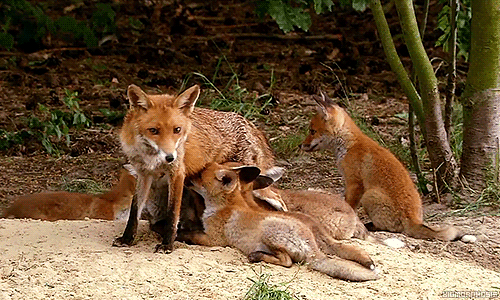
Juvenile (also known as young adult)
By the time a red fox are considered juvenile (between 8-10 months old), they will try to become more independent. Young males tend to be loners, who are more likely to explore a few miles away from the family den and return a few times to sleep. Females on the other hand, are more likely to explore the area with other female foxes. It’s not uncommon for male foxes to leave permanently, especially around mating season.
Adult
Surprisingly, a red fox’s life expectancy is estimated to be between three to five years. However, there are those that are an exception to the rule. Some red foxes live longer if they if are alone, which isn’t often the case. Those that are left alone, they have a greater opportunity of avoiding dangerous situations and more likely to find enough food.
On the other hand, there are others that have a less wild lifestyle when they are taken in by humans. When a red fox becomes a pet, or is being kept in captivity for its own protection; they can live up to 10 years.
Red fox behaviour around humans and other animals
A red fox is like any other animal, if they feel they are in danger they will likely attack or flee from their threat. Red foxes are usually shy, inquisitive and scavenger creatures; not likely to hurt humans or other animals like cats or dogs. Foxes prefer to maintain a fair distance from any danger, although, if they see a small animal in a garden like a rabbit or a guinea pig, they are likely to approach it (especially if they’re hungry).
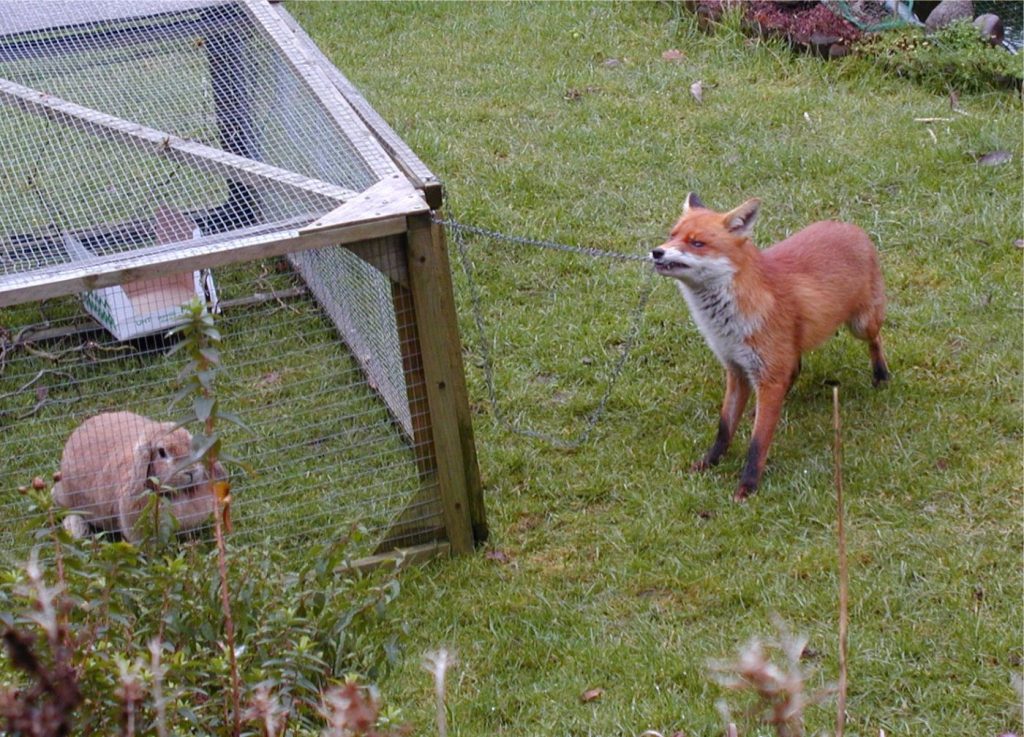
Threats to red fox
Like most outdoor animals, they’re likely to have health risks for humans. Mites are a common disease that affects red foxes, but they are not considered a high risk to humans. Whenever a fox comes in contact with a mite, its lifespan is reduced drastically. Mites are known to be an intense skin irritation that causes loss of fur. If the condition is left untreated, a fox can die within months of contracting it.
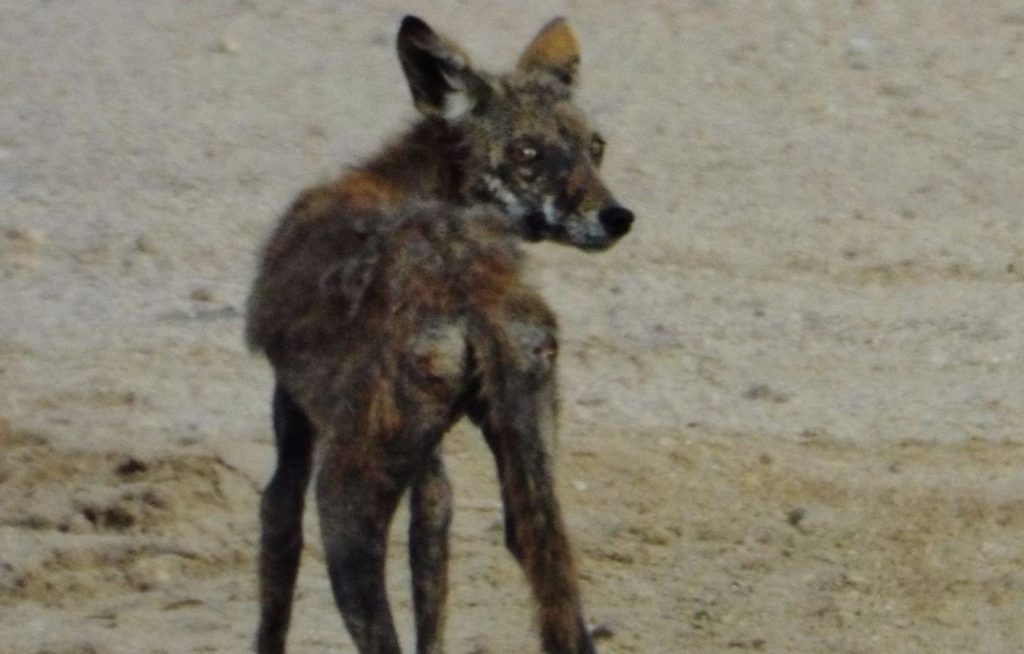
Additionally, it’s not uncommon for the red fox to also carry the roundworm parasite. Likewise, this type of parasite is carried by dogs or cats, these animals carry the parasite through their faeces. Like all waste, it should be handled carefully. If you come across a fox with most of its fur gone, you should not approach it. If possible call the National Fox Welfare Society (NFWS). You can find a contact number for the NFWS at the end of this article.
Red fox diet
They are classed as predators, although they are upon being the lazy type. Nowadays red foxes prefer to explore for unwanted scraps in towns and cities. It is ideal that humans don’t leave or give food to foxes; they can become easily dependent on others. You wouldn’t want to wake up one morning a group of foxes taking over your garden, or finding unwanted poo.
Additionally, if they are fed by people, they may try approaching other humans in the future, which could put both humans and fox in danger because both sides may have different agendas.
However, if you and a red fox were to cross paths and you still wish to feed it, you must take the precaution of keeping a fair distance between yourself and the fox, as well as not feeding the fox directly from your hand, unless you want to lose a few fingers or catch a disease.
Red foxes can eat the following from your home:
- Cooked potatoes
- Cheese
- Chicken carcasses
- Bread
- Fat scraps
Moreover, it’s incredibly important for individuals to acknowledge the possibility of foxes returning to your home for more food is surprisingly high. They can become dependent on you and will likely take over any outdoor space you may have.
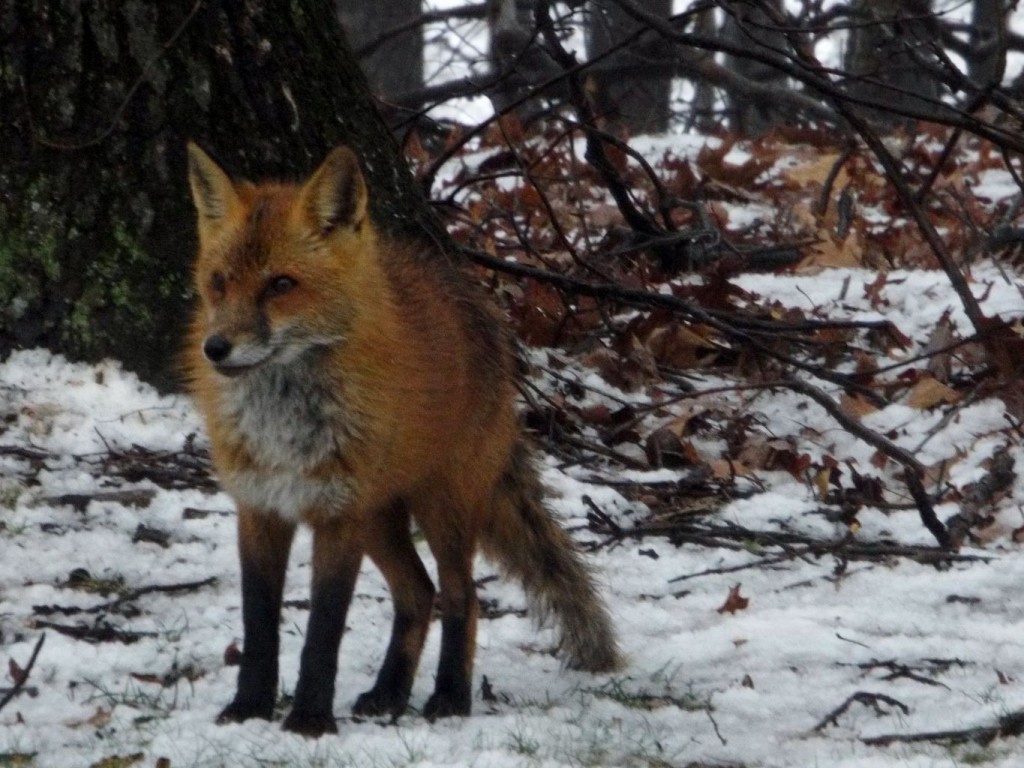
However, if there are no humans with a food menu nearby; reds foxes are highly flexible with the type of food they may consume in the wild. If given the opportunity, a red fox will hunt for animals:
- Rodents
- Small birds (including eggs)
- Amphibians
- Poultry
- Squirrels
- Insects
- Fruits (regardless of the season)
You can contact the National Fox Welfare Society (NFWS) by calling ∙ 01933 411996.

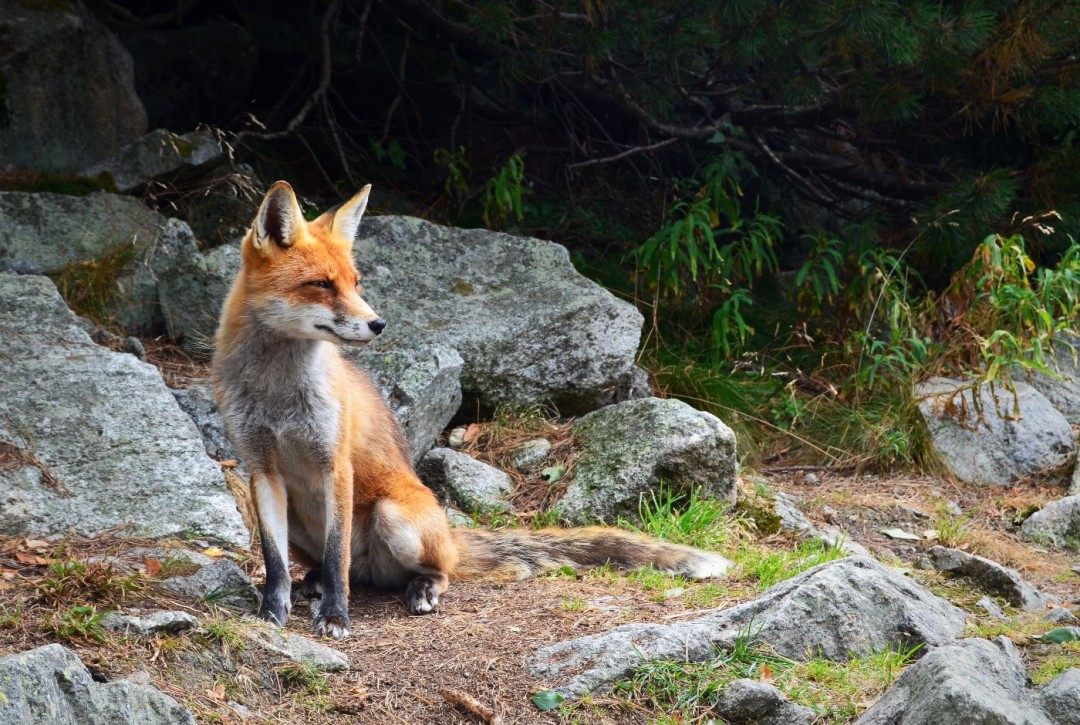


No Comments